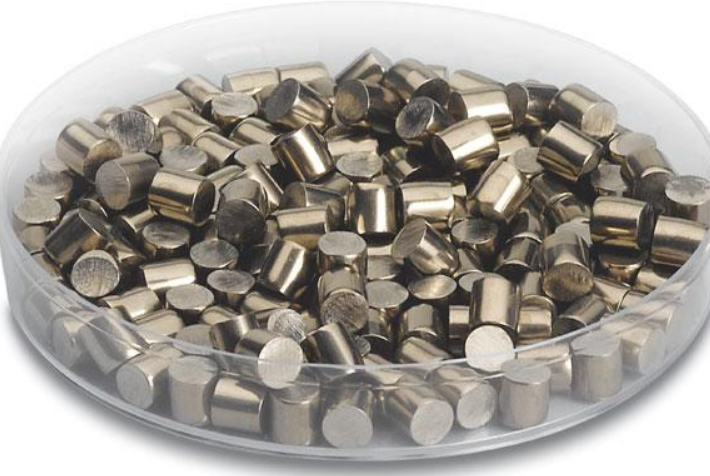In the aerospace industry, additive manufacturing (AM) has attracted much attention, especially carbon fiber reinforced plastics (CFRP) and the multi-materialization of metals, which are key issues to reduce the weight of structural parts and increase the added value of AM by using 3D printing technology. The Graduate School of Engineering and the Institute of Fluid Science at Tohoku University announced on May 26, 2022 that it has developed, in collaboration with JAMCO Co., a joint material that directly compacts CFRP onto a 3D laminated metal substrate, showing shear bond strength above that of current adhesions.
titanium tube manufacturer said that the joint research team of Keichi Shirasu, Associate Professor, Masayoshi Mizutani, Associate Professor, Graduate School of Engineering, Northeastern University, and Shigeru Obayashi, Professor, Fluid Science Research Institute, and JAMCO Corporation, In this study, Selective Laser Melting (SLM) was used to 3D print cylindrical protrusions on the surface of titanium alloy plates. The surface structure of the cylindrical protrusions could effectively transfer the shear load to the compacted CFRP. The CFRP/ titanium alloy bonding material was successfully fabricated by inserting CFRP prepreg between the titanium alloy plate and the CFRP plate after 3D printing molding processing and crimping while heating.

The CFRP plate and the cylindrical process are bonded together by the CFRP prepreg inserted in it, which suppresses the fracture (interface stripping) at the CFRP/ titanium alloy interface. The shear bond strength is 20.6MPa, which is 64% higher than that of CFRP compacted on commercially available titanium alloy plates. Achieving the same or higher level of bonding with current adhesives.
This research is the result of the leading research program of Japan's National New Energy and Industrial Technology Development Agency (NEDO) "to develop multi-material 3D bonding and optimal forming technology to achieve higher reliability than existing bonding in the aviation field".
According to the shape and characteristics of CFRP, the metal surface structure is optimized. Combined with the results of this project, it is expected to realize the multi-materialization of practical components in the future, while obtaining the product manufacturing technology that takes into account the design flexibility and material characteristics, while realizing the lightweight, the production of processing waste and energy consumption is significantly reduced.